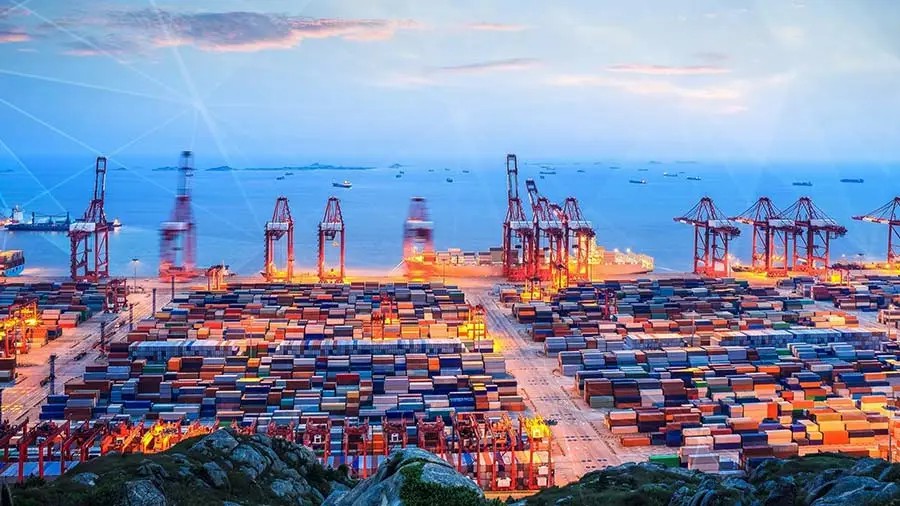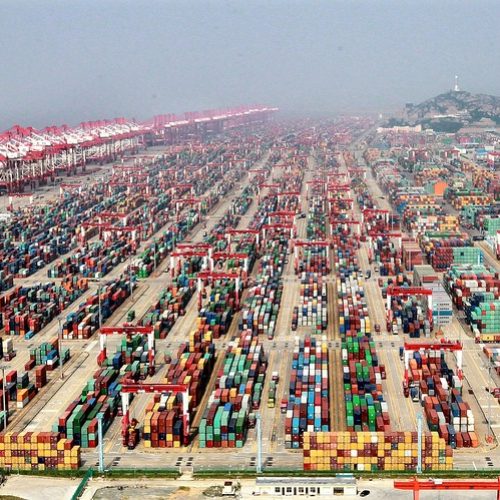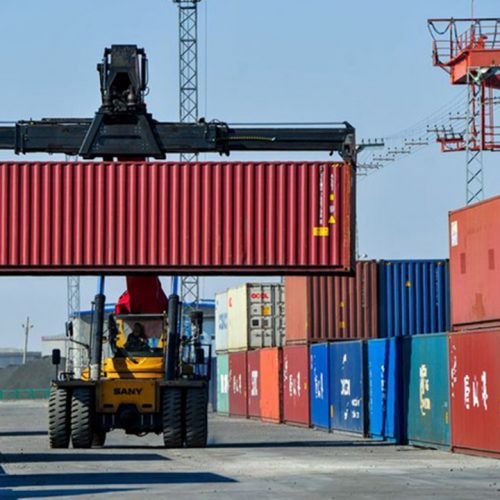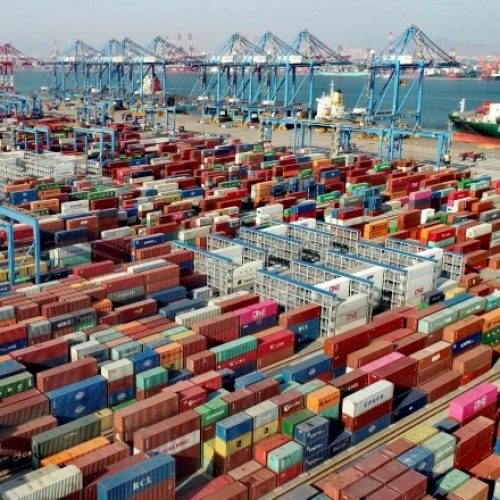Transfer Chinese Production to Thailand
As the second largest economy of ASEAN after Indonesia, Thailand has provided sufficient investment opportunities for foreign enterprises. Over the past few decades, the country’s domestic consumption has been growing continuously, and the strong development of export-oriented manufacturing industry has made the country a middle and upper income country in 2011.
In addition, Thailand also benefited from the trade tension between China and the United States. Several Chinese companies transferred part of their supply chains to Thailand, especially in the electronics, chemical and automotive industries. The Board of Investment (BOI) announced in February 2022 that the total value of foreign and local investment applications in 2021 was 643 billion baht (19.4 billion US dollars), an increase of 59% over the previous year.
The electrical and electronic industry ranked first in the target industry, attracting 104.5 billion baht (2.8 billion US dollars), followed by the medical industry (62.2 billion baht (1.6 billion US dollars)), petrochemical industry (48.4 billion baht) (1.3 billion US dollars), agricultural industry (47.7 billion baht (1.3 billion US dollars)) and automobile and parts industry (24.6 billion baht, 672 million US dollars).
Value added manufacturing
Thailand’s economy depends on exports, which accounted for about 60% of GDP before the epidemic. Therefore, the country’s manufacturing industry plays an important role, accounting for 27% of GDP in 2021; The success or failure of the industry often determines the overall health of the economy.
Over the past 50 years, Thailand has built a strong manufacturing sector. It is now keen to attract investment in China/high-tech manufacturing, especially when regional competitors such as Vietnam and Cambodia become new low-cost production centers in the region.












